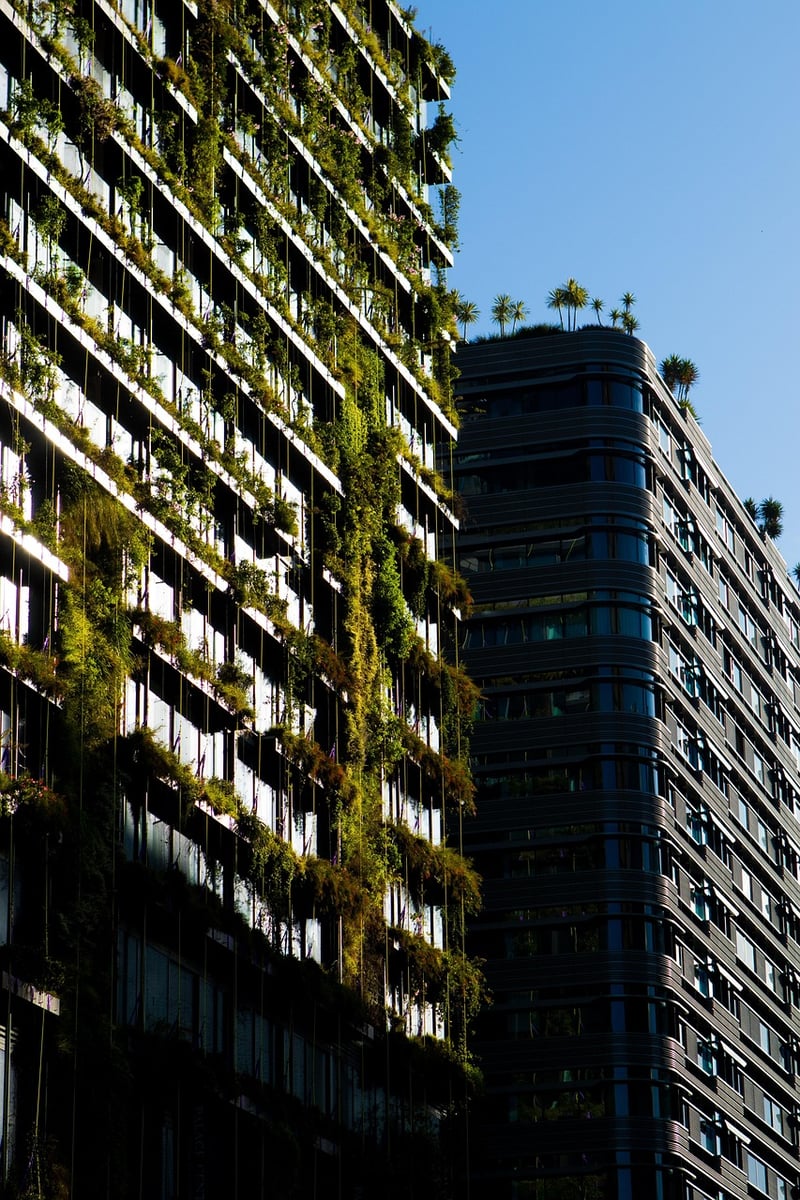Vertical Planting
Transforming City Spaces with Vertical Planting
In today's fast-paced urban environments, green spaces are becoming increasingly scarce. As cities grow denser, vertical planting offers a creative solution to bring nature back into our concrete jungles. By utilizing vertical surfaces such as walls and facades, we can create lush greenery that not only beautifies the city but also provides numerous environmental benefits.
The Benefits of Vertical Planting
Vertical planting, also known as vertical gardens or green walls, offers a range of advantages:
- Improved Air Quality: Plants help purify the air by absorbing pollutants and releasing oxygen, leading to a cleaner and healthier urban environment.
- Temperature Regulation: Green walls act as natural insulators, reducing the heat island effect in cities and helping to lower ambient temperatures.
- Biodiversity: Vertical gardens attract birds, insects, and other wildlife, promoting urban biodiversity and creating a more balanced ecosystem.
- Noise Reduction: The foliage of vertical gardens absorbs and diffuses sound, helping to mitigate noise pollution in busy city areas.
- Visual Appeal: Green walls add a touch of nature to urban landscapes, creating visually stunning and calming spaces for residents and visitors.
Designing Vertical Planting Systems
When implementing vertical planting projects, careful planning and design are essential for success. Considerations include:
- Plant Selection: Choose plants that thrive in vertical environments, require minimal maintenance, and are suited to the local climate.
- Irrigation: Implement efficient watering systems to ensure plants receive an adequate water supply without causing water wastage.
- Structural Support: Ensure that the vertical structure can support the weight of the plants and provide proper anchoring for their roots.
- Lighting: Evaluate the available light levels to select plants that can thrive in the given conditions, or supplement with artificial lighting if necessary.
Examples of Vertical Planting Projects
Many cities around the world have embraced vertical planting to enhance their urban landscapes. Some notable examples include:
- One Central Park, Sydney: This iconic residential tower features vertical gardens designed by botanist Patrick Blanc, creating a stunning green facade.
- CaixaForum, Madrid: The museum's living wall, designed by Patrick Blanc, showcases a diverse array of plant species and serves as a striking architectural feature.
- Bosco Verticale, Milan: These award-winning residential towers are covered in over 20,000 trees and plants, providing a vertical forest in the heart of the city.
Vertical planting offers a versatile and sustainable way to integrate nature into urban settings, fostering a greener and more livable environment for city dwellers. By reimagining city spaces with vertical gardens, we can create a harmonious balance between urban development and ecological preservation.

Explore more about vertical planting and how it can transform city spaces by visiting Vertical Garden Patrick Blanc.
